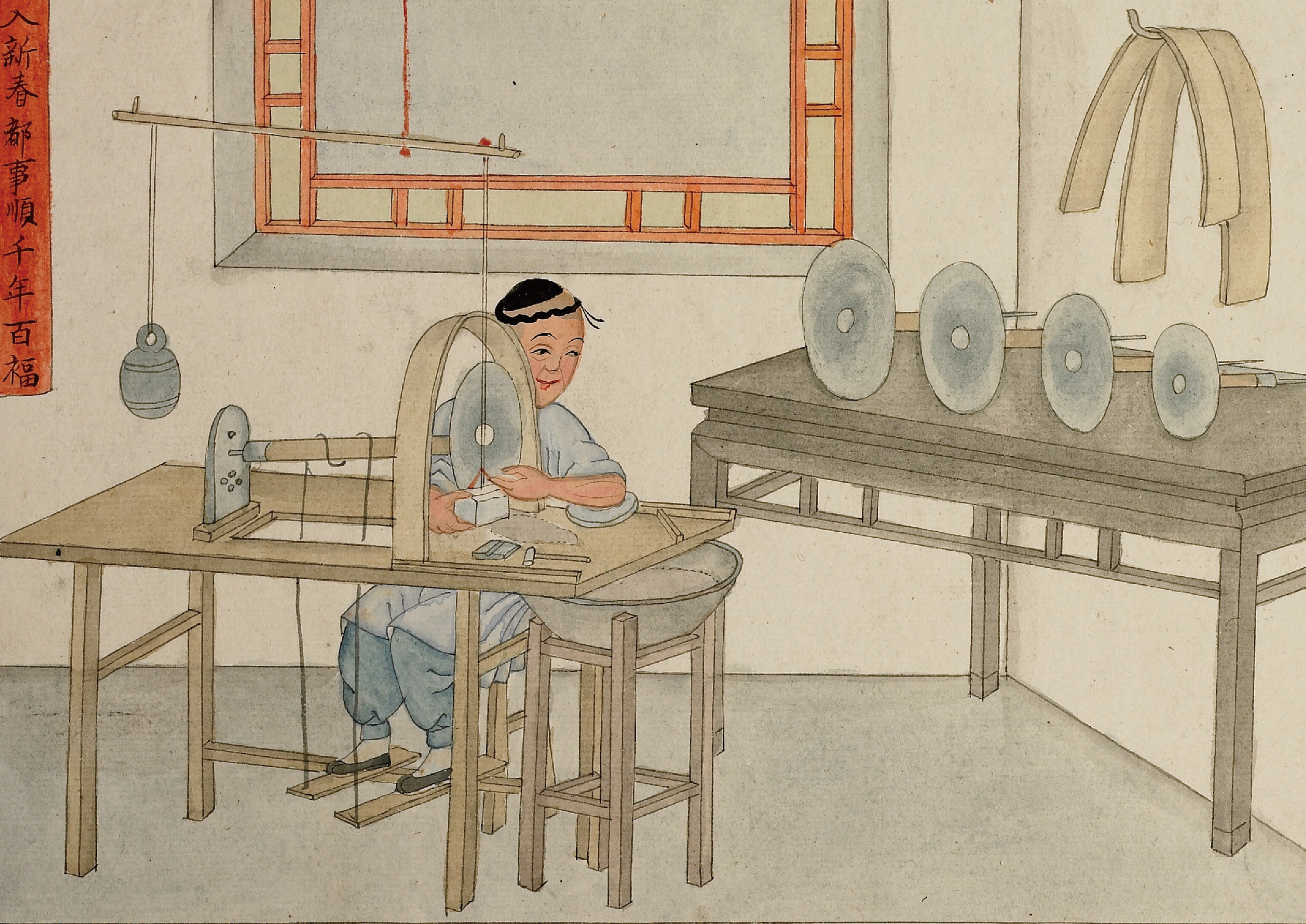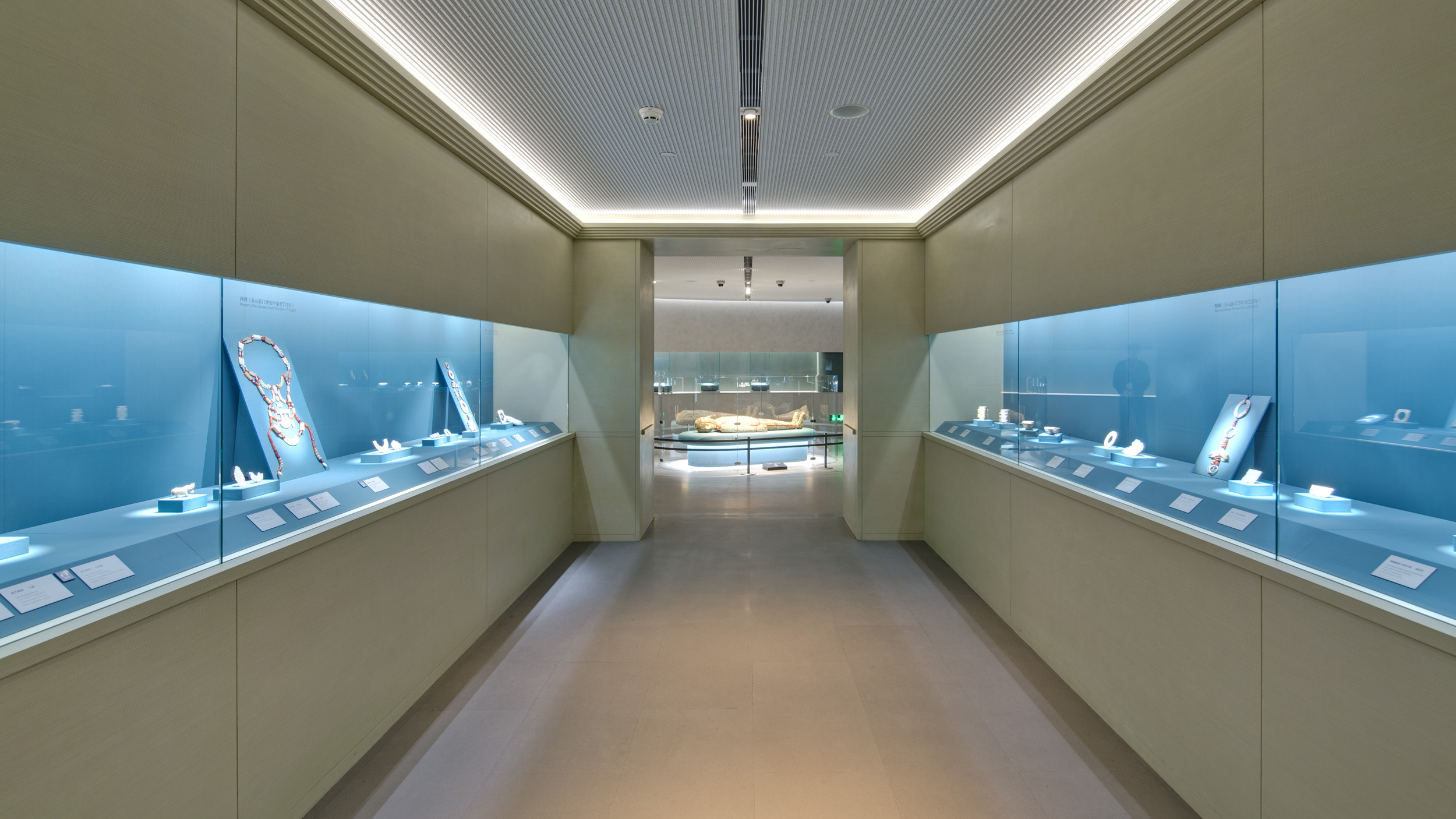Ancient Jades
"Jade, the most beautiful of stones." The crafting of jade in China has a history of over eight thousand years. In their early production of stone tools, ancient peoples discovered beautiful raw stones, and through the process of extracting jade and shaping it into tools, they created a unique jade-working craft.As society progressed, jade’s natural properties were increasingly personified and moralized. It became a symbol of rituals, virtue, adornment, and scholarly elegance. Gradually, a jade-centered Chinese culture developed. Jade became not only an essential part of traditional Chinese culture but also an artistic crystallization of ancient Chinese civilization.

The museum’s jade collection spans from the Neolithic period to the Ming and Qing dynasties, covering the entirety of ancient Chinese history. It includes masterpieces from various regions, showcasing distinct artistic styles of jade from different eras while revealing the evolution and accumulation of Chinese jade culture over millennia.
In this long historical journey, the jade exhibition curated by the Aurora Museum is not merely an artistic showcase; it is a profound cultural exploration, guiding visitors across time and space to experience the beautifully crafted legends and deep philosophies carved into jade.
Every piece of jade on display, whether it’s the smooth and delicate jade discs or the intricately carved jade pendants, carries the ancient people's aesthetic tastes and spiritual pursuits, reflecting the social and cultural essence of different historical periods.
This exhibition particularly emphasizes the multiple symbolic meanings of jade in Chinese culture. From a symbol of power, a marker of social status, to the spiritual attachment of scholars, each transformation of jade is closely linked to the course of Chinese history, philosophy, and cultural and artistic development.
